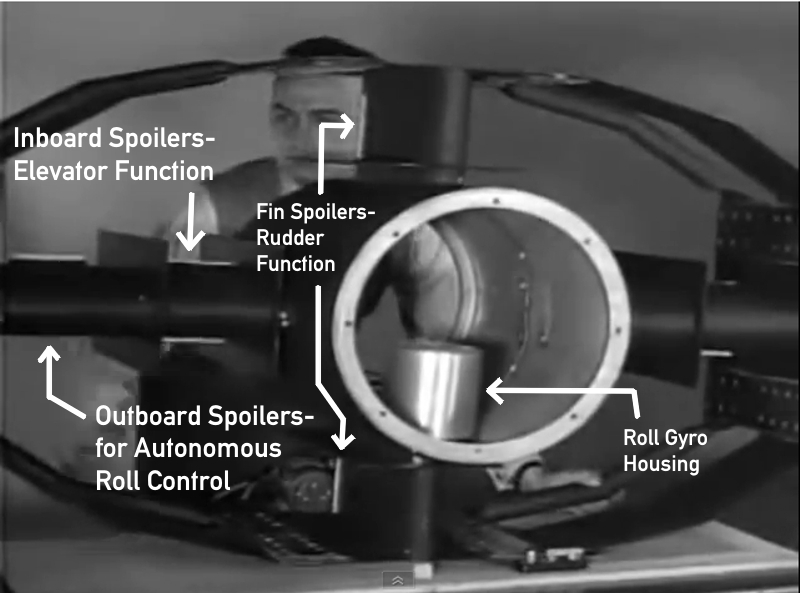I'm not sure why he talks about the yamato rather than carrier on carrier engagements in WWII when divebombers proved their worth in engaging carriers and their associated escorts and CAPs.
The trajectory of divebomber munitions is much more similar to that of AShBMs as well (compared to say, most anti ship cruise missiles).
Much has also been said of the kinematic difficulty in hitting a moving carrier with a hypersonic projectile, however I do wonder about that.
The relative speed of a 30+ knot surface ship vs a mach 7 MaRV in the terminal stage with its own onboard terminal guidance and presumably an ability to conduct terminal end game maneuvers of its own, makes me question how effective evasive maneuvers of a surface ship at that speed would be.
I ask this out of genuine curiosity because I have yet to see any studies investigating this.
As far as relative velocities go, I think a Mach 7 MaRV vs a 30+ knot ship is much more favourable than say, many of the missile vs moving target match ups that have been demonstrated or tested in other domains such as supersonic AShMs vs surface ships, or even ATGMs vs moving vehicles (trucks and so on).
Instead, I think what is more relevant is the degree of terminal maneuvrability of an AShBM warhead vehicle (along with the fidelity of its terminal onboard guidance). Those two factors will determine the CEP of the warhead and the ability to exploit the massive difference (and I would argue advantage) in speed that the AShBM terminal vehicle has vs a 30+ knot surface ship.
Let's give it a try with a back of the envelope calculation.
1. Last guidance in space before plasma sheath appears during reentry
Let's say this starts at 80km, as per the Space Shuttle
A Mach 7 MaRV takes 41seconds to impact
In that time, a carrier travelling at 30knots (55km/h) travels 626m.
But in 41 seconds at full speed, how much can a carrier turn direction? An 8KM turning circle has been mentioned, which is 523seconds.
A carrier travelling at slower speeds can turn faster, but won't travel as far.
That narrows the target area further.
That gets a Mach 7 MaRV close to a carrier, possibly good enough for a wide dispersion cluster warhead to score hits.
I reckon this is a backup mode, if the MaRV can't obtain terminal guidance.
Otherwise the MaRV would go for a tighter dispersion of cluster munitions with terminal guidance.
So there is the armour piercing MaRV body, plus cluster munitions.
2. Terminal Guidance
A Mach 7 MaRV will cover the last 10km in 5 seconds before impacting.
In that time, a carrier could travel 152m, but again the target area is smaller than this because the carrier can't change direction in only 5 seconds.
And an aircraft carrier has a deck width of 76m.
A Peacekeeper warhead has a CEP of 40m, presumably from its attitude control jets and internal inertial guidance.
The Mach 7 Iskander MaRV is supposed to have a 5m-30m CEP with its terminal guidance.
Plus we also see Air-to-Air missiles with attitude control jets for terminal manoeuvres against manoeuvring fighter jets.
2A. Remote Terminal Guidance
Also remember that the space shuttle could communicate with satellites during reentry, because the plasma shroud didn't cover the back of the aircraft.
And we've seen technical diagrams with antenna protruding from the back of a MaRV beyond the plasma shroud.
So theoretically a MaRV could be remotely guided by external sensors to the target point.
2B. Local Terminal Guidance
But external sensors and comms can be jammed or destroyed.
Plus there is the feedback loop and communications lag
So the MaRV should also has its own radar seeker for terminal guidance.
That seeker only has to look at a small target box, and the attitude control jets should be sufficient to adjust the final aimpoint

